When did the first 2025 Kampala Floods happen?
At least six people, including two minors, have died following heavy rains that triggered severe flooding across Kampala. The downpour, which began in the early hours of Wednesday March 26, 2025, caused widespread destruction, submerging vehicles, cutting off major roads, and leaving hundreds of travelers stranded.
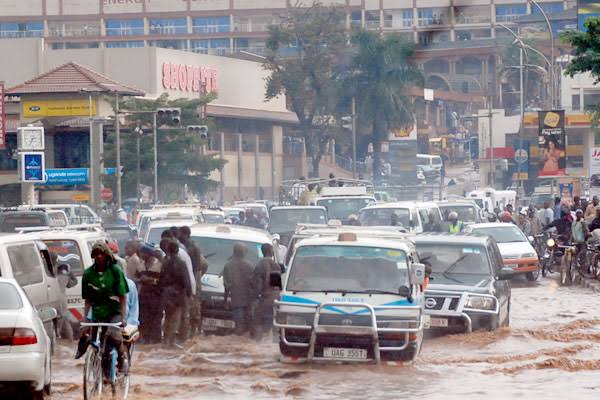
How many people have died from the Kampala Floods?
According to the Uganda Red Cross Society, two young children, Otim Kisa Eliza (3) and Ochaka Chon (11 months), were found dead in their flooded home in Mulimira Zone along the Northern Bypass. Their mother, Rose Mary Lenunu, was not home when the floods struck, leaving them vulnerable to the rising waters. In the same area, a 35-year-old man was also found dead.
Also read about MUBS
Police have confirmed that three other bodies, yet to be identified, were retrieved from flooding channels in Kinawataka. Kampala Metropolitan Deputy Police Spokesperson Luke Owoyesigyire stated that emergency teams are still assessing the full impact of the disaster.
“The rain has severely affected low-lying areas, with homes submerged and roads cut off. We urge residents in flood-prone areas to exercise caution,” Owoyesigyire said.
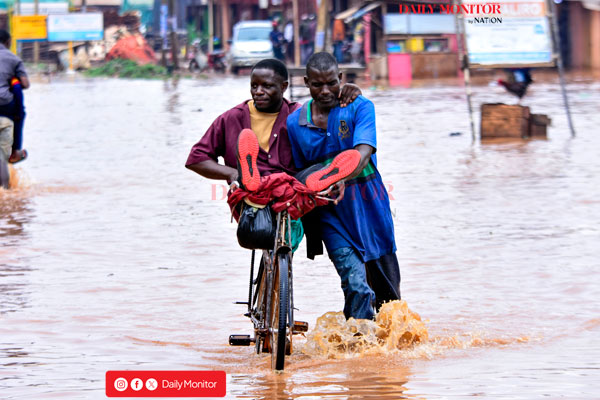
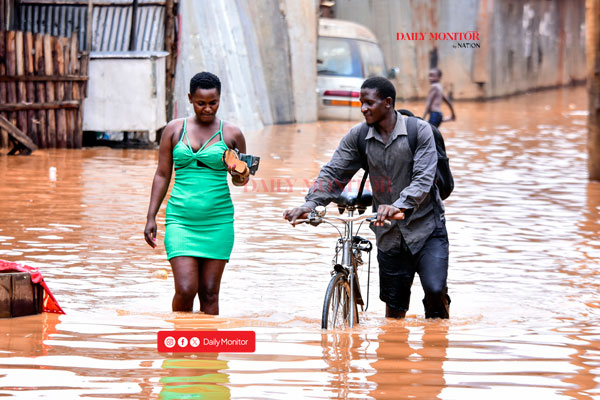
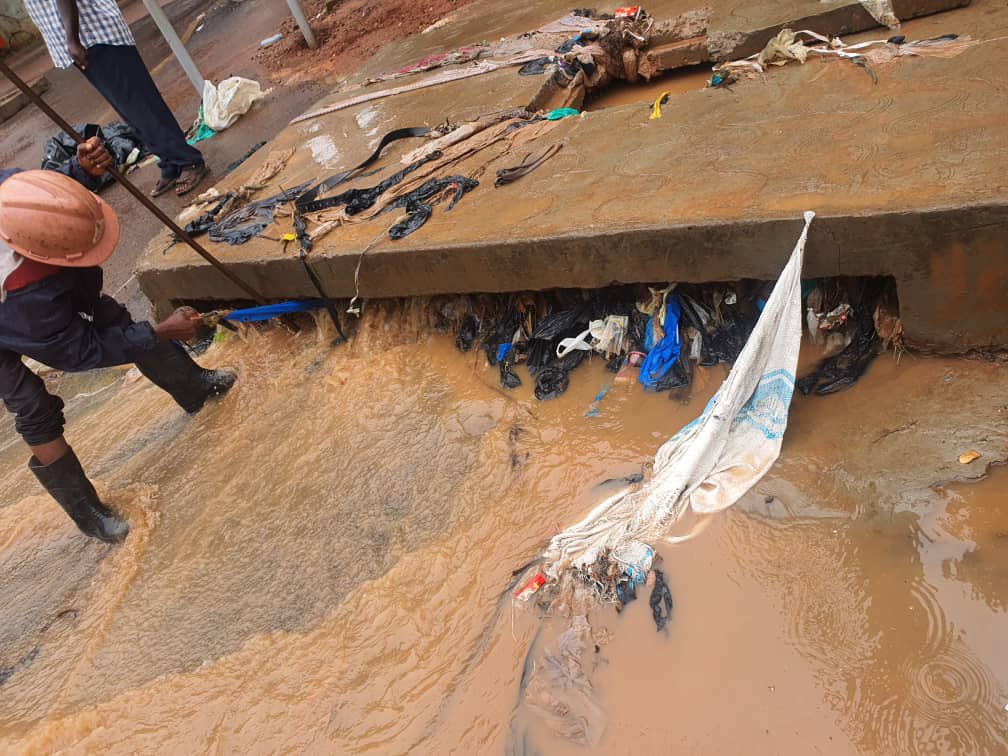
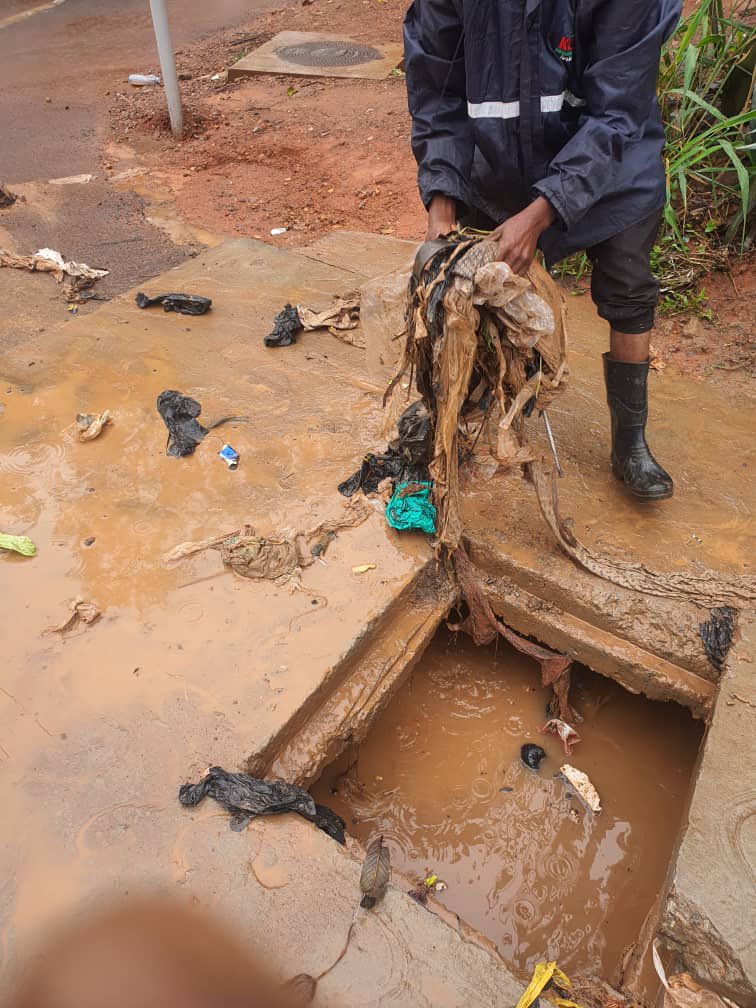
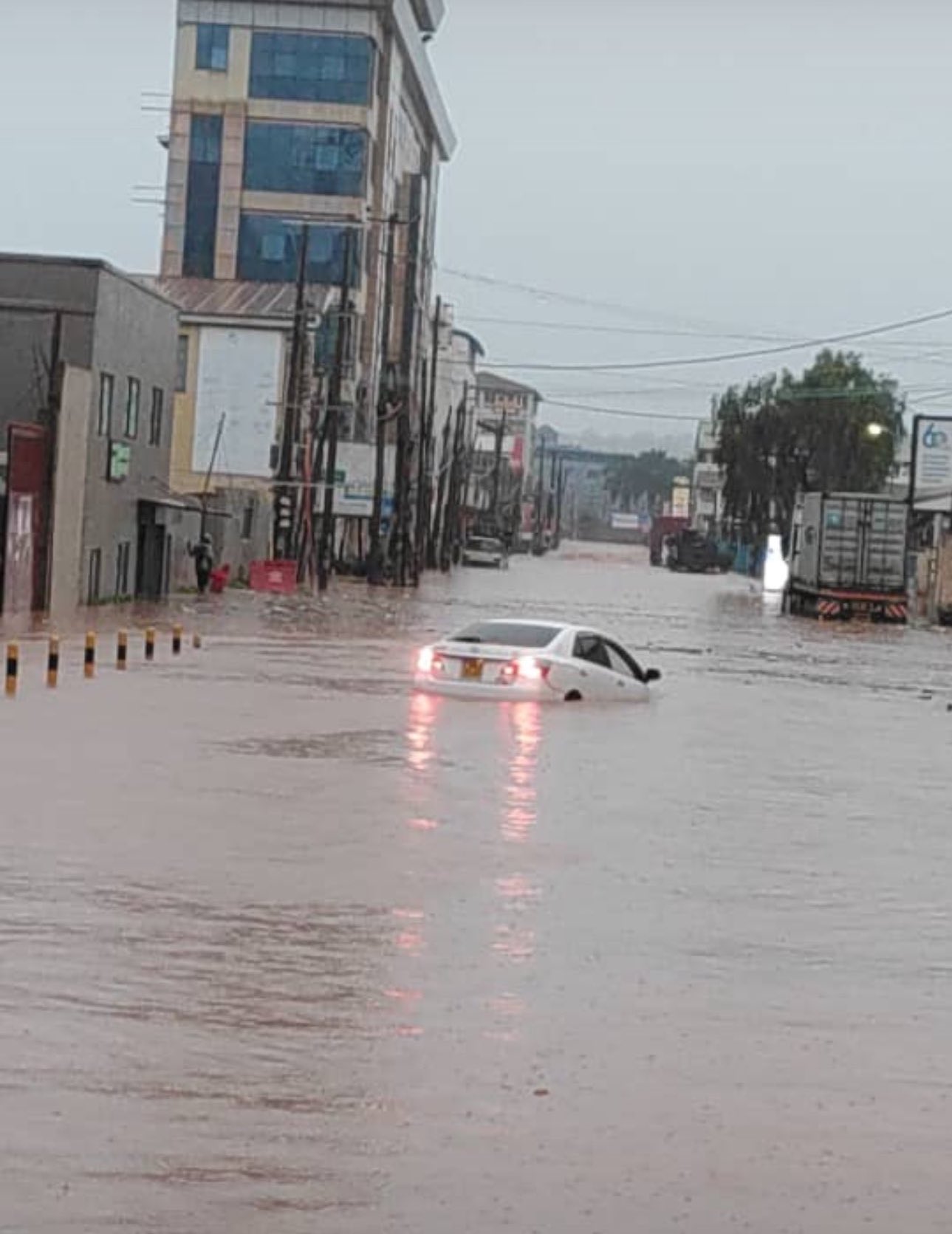
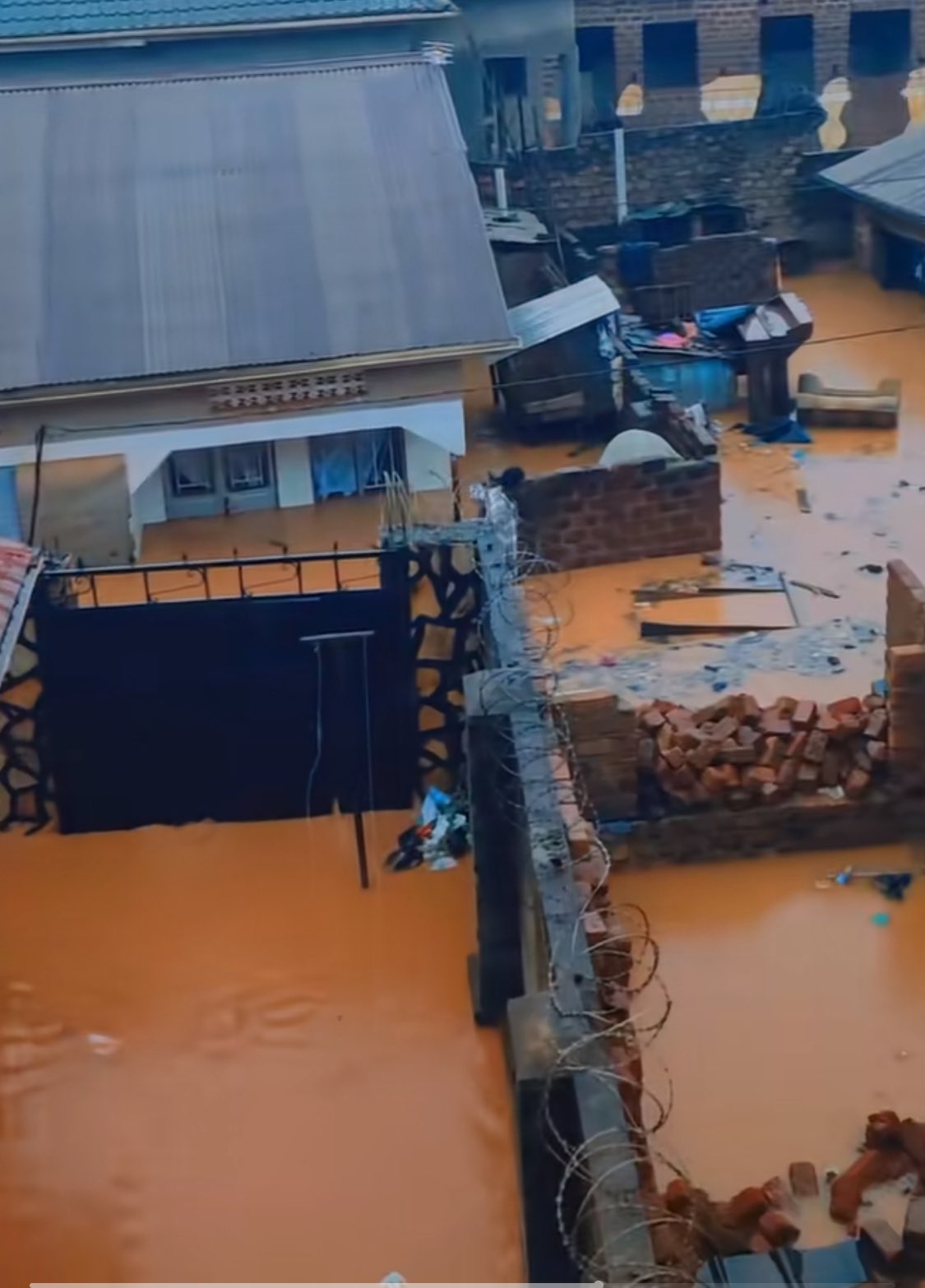
How Kampala Floods caused Transport Disruptions
The torrential rain left several key roads impassable. Motorists and pedestrians were stranded as major roads were submerged in Kampala Floods, including:
- Kampala-Jinja Highway (Kyambogo and Kinawataka – Katogo)
- Northern Bypass (Nsoba, Kyamuka, Mulimira, and Kalerwe)
- Kyebando Ring Road (under construction, exacerbating water diversion into homes)
- Jinja Road roundabout
- Queen’s Way and Ssebaana Kizito Road
- Mukwano Road and Industrial Area
- Namasuba, Banda, and parts of Kyebando
In Kinawataka, entire sections of the road were submerged, forcing commuters to seek alternative routes. Travelers heading to Kampala’s central business district were left stranded for hours as public transport struggled to operate under the difficult conditions.
Why Does Kampala Flood So Easily?
According to Isaac Kakooza, the Local Council Secretary of Nsoba Zone in Kyebando Parish, Kawempe Division, poor drainage is a major contributor to the persistent floods. He pointed to the silted Nsoba drainage channel, which runs from Mulimira to Kalerwe, as a major bottleneck.
“The culverts at Kalerwe roundabout are blocked with soil and debris, making it impossible for water to flow freely. With every heavy rain, water backs up, flooding our homes and roads,” Kakooza said.
He further explained that the ongoing construction of the Kyebando ring road has redirected water flow into residential areas, worsening the crisis.
Residents of Bwaise, another flood hotspot, shared similar frustrations. Jane Nansubuga, a resident of Mukwaya Zone, expressed disappointment in city authorities for failing to resolve the issue despite repeated disasters.
“This is our life. Every time it rains, we lose property, and sometimes lives. Authorities always promise action, but nothing changes,” she lamented.
A Growing Crisis: What Can Be Done about Kampala Floods?
The Kampala Floods problem is not new. Every rainy season, residents in flood-prone areas such as Kasubi, Katanga, Kisenyi, Nalukolongo, Kabuusu, Katwe, Namungoona, and Kinawataka brace themselves for destruction.
Experts have long called for the Kampala Capital City Authority (KCCA) to prioritize:
- Expanding and regularly maintaining drainage channels
- Restricting construction on wetlands that naturally absorb excess rainwater
- Improving urban planning to prevent water blockages caused by unplanned developments
For now, affected communities are left to pick up the pieces, hoping for long-term solutions that will prevent future tragedies.
Stay updated with the latest news on Kampala flooding by following our coverage.



